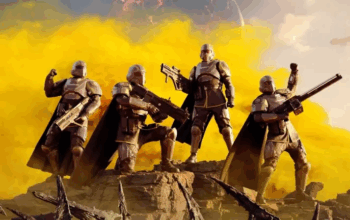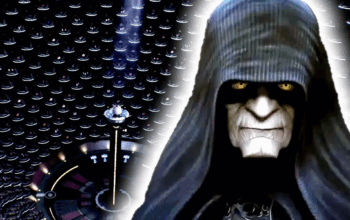This week, we’re taking a look back at the film adaptation of Maurice Sendak’s classic children’s book: Where the Wild Things Are and evaluating how well it has held up through the past decade.
Released in 2009, the film follows a kid who runs away from home and strands himself on an island filled with scary (but friendly) monsters. After initially enjoying his time free-roaming in paradise, he ultimately finds that slowly his perfect world has become empty and realizes the importance of family over imagination. Today, this film has been largely forgotten but this film by all rights shouldn’t.
An Unflavored Take
Before we get going, I want to make it clear that I have never read the original children’s book, so I can’t honestly say if it’s a faithful adaptation. Instead, I will be strictly merely talking about this as a standalone film.

Re-Capturing its Audience

While this movie will certainly be enjoyed by kids (they enjoy everything pretty and shiny), in reality, this was a project that was clearly greenlit as a product to be consumed by nostalgic adults. For them, it’s made very clear that the monsters were part of his imagination. In many ways, WTWTA is treated almost like an artistic indie movie – A Wes Anderson-style adventure – rather than an adaptation of a book. Kids can watch it alright but will certainly appreciate it more when they grow up because this movie reflects early childhood.
To give you an idea of what the tone is from the start, here is the intro:
That intro, with Max chasing his dog with a fork, would definitely turn some audiences off. However, it also establishes Max as a kid that was imaginative and very insecure. So insecure, in fact, that after an argument with his mother he runs away. Whether he ended up on that island or really was just in his mind is left to the viewer, as when he ultimately comes back home (spoiler?) it looks like only a few hours have passed.
Max often has a hard time complementing the world around him – desperate to get attention from his mother, or his sister who is too busy to time with Max. Without a familial attachment, he turns to his only comfort – his imagination. In particular, how Max’s repressed feelings manifest into other beings in his head.
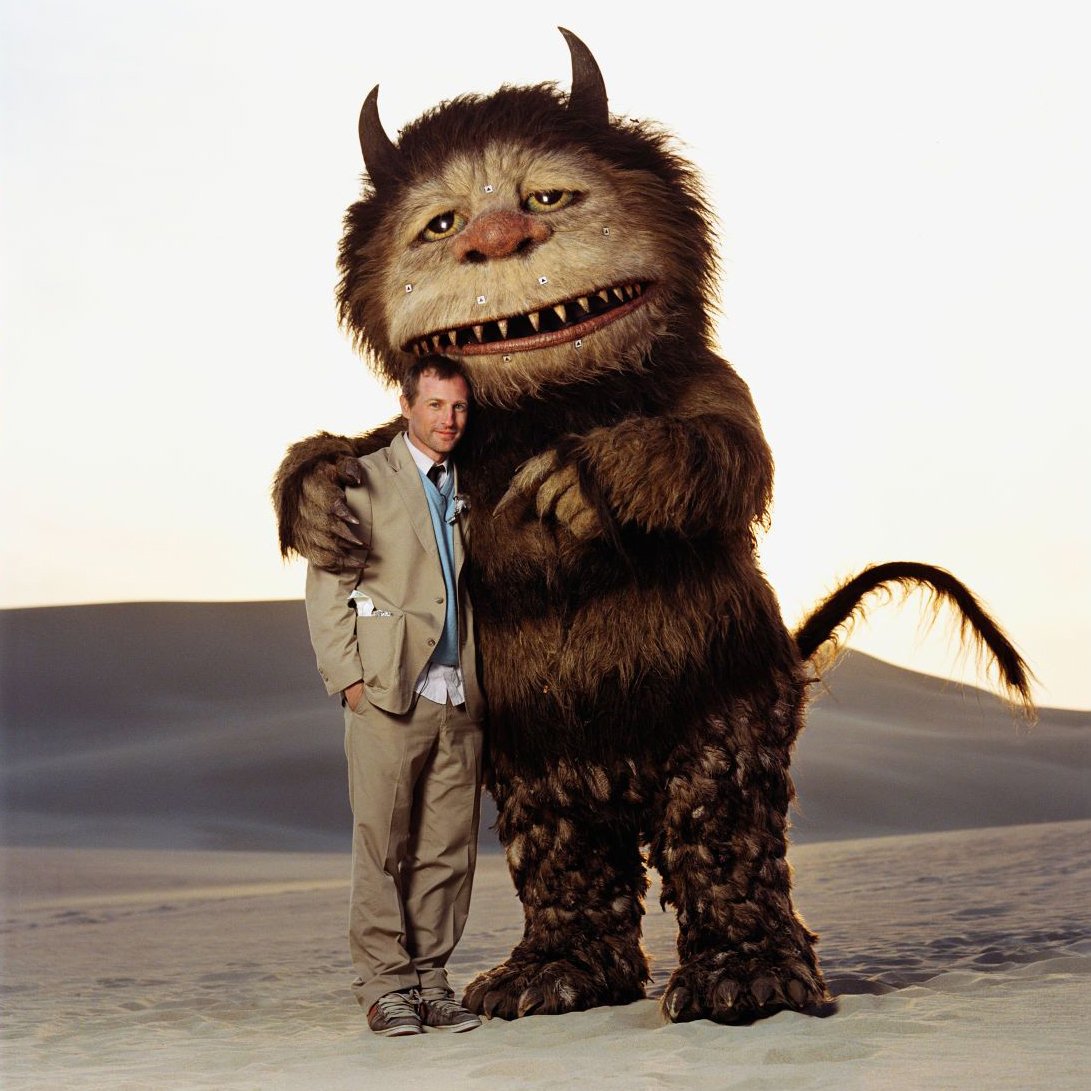
Art & Animation
The key visual appeal of this film is the monsters themselves – specifically, how their designs translated into live-action. In my humble opinion, this is exactly how bipedal monsters should be made. This was a hybrid of using real actors in real suits, but CGI’d faces. The end product blends in so well that it is incredible how much it still holds up over a decade later.
Compare that to Disney’s lackluster remake of Beauty and the Beast, which was exclusively composed in CG and looked dated on the spot.
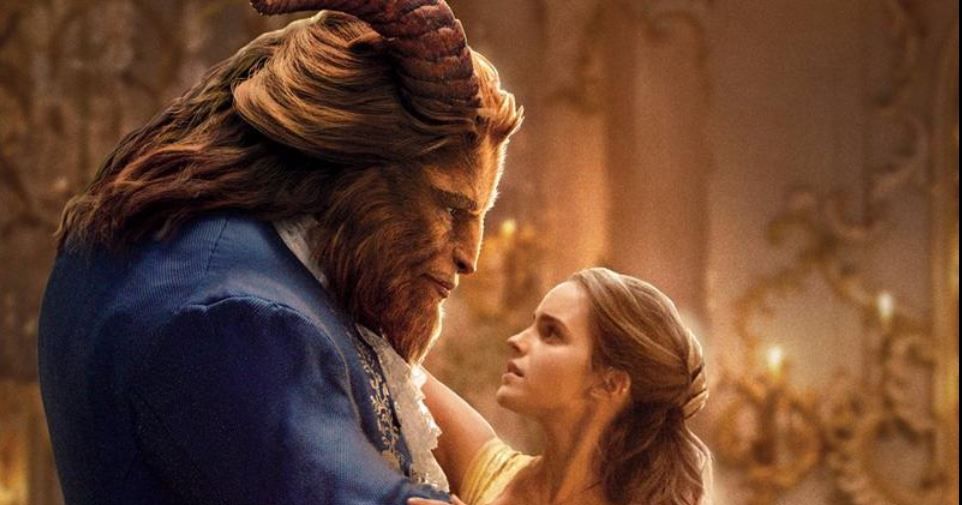
Presentation
Monsters aren’t immediate projections of Max’s family or friends like one monster is his mother or that one her sister – it’s more of an amalgamation. If anything, the main monster, Carol, is a loose parallel of Max himself – given how much Carol likes to wander alone when in a bad mood. He may also potentially be an element of his absent father as well as he often seems to feud with KW. Nothing is made clear about Max’s father, but these small details do give us insights into what happened to him.
One could argue that it’s meant to be ambiguous as to whether Max really encounters those monsters, but the way they talk makes it very clear they are in his head. Despite having personalities they don’t seem to have autonomy or agency, as they don’t have much of a reaction to his sudden appearance in their world. In many aspects, it is very similar to Winnie the Pooh in that these were taken all the way. One could even argue that this is a parallel version of Pooh if Christopher Robin was going through a mental crisis. What Pooh and WTWTR have in common is that they’re both products of a child’s imagination that are so strong they take a life of their own.
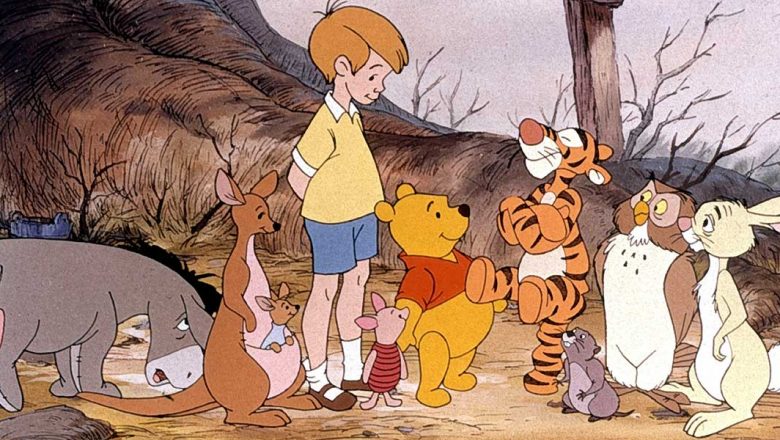
Childlike Whimsy
The big element of WTWTA is that it is not a movie that runs on logic or reason. This is underlined with an abundance of weird lines that have no segway or logical subject. It is safe to say that when you were a kid there were plenty of moments, especially when you are being imaginative when you often think of random scenarios and sentences with no build-up.
“I like Carol when we have a king.”
“How does he know what brains to cut off?”
“Can I be your favorite color?”
“Did you know the sun was going to die?”
Chances are these quotes came straight from the writing room’s own kids.
Even the environment changes somewhat according to the mood of either Max or the Monsters. One example is how one scene is a nice sunlight forest then they just walk into a desert when talking about how all things end.
Putting it to Bed
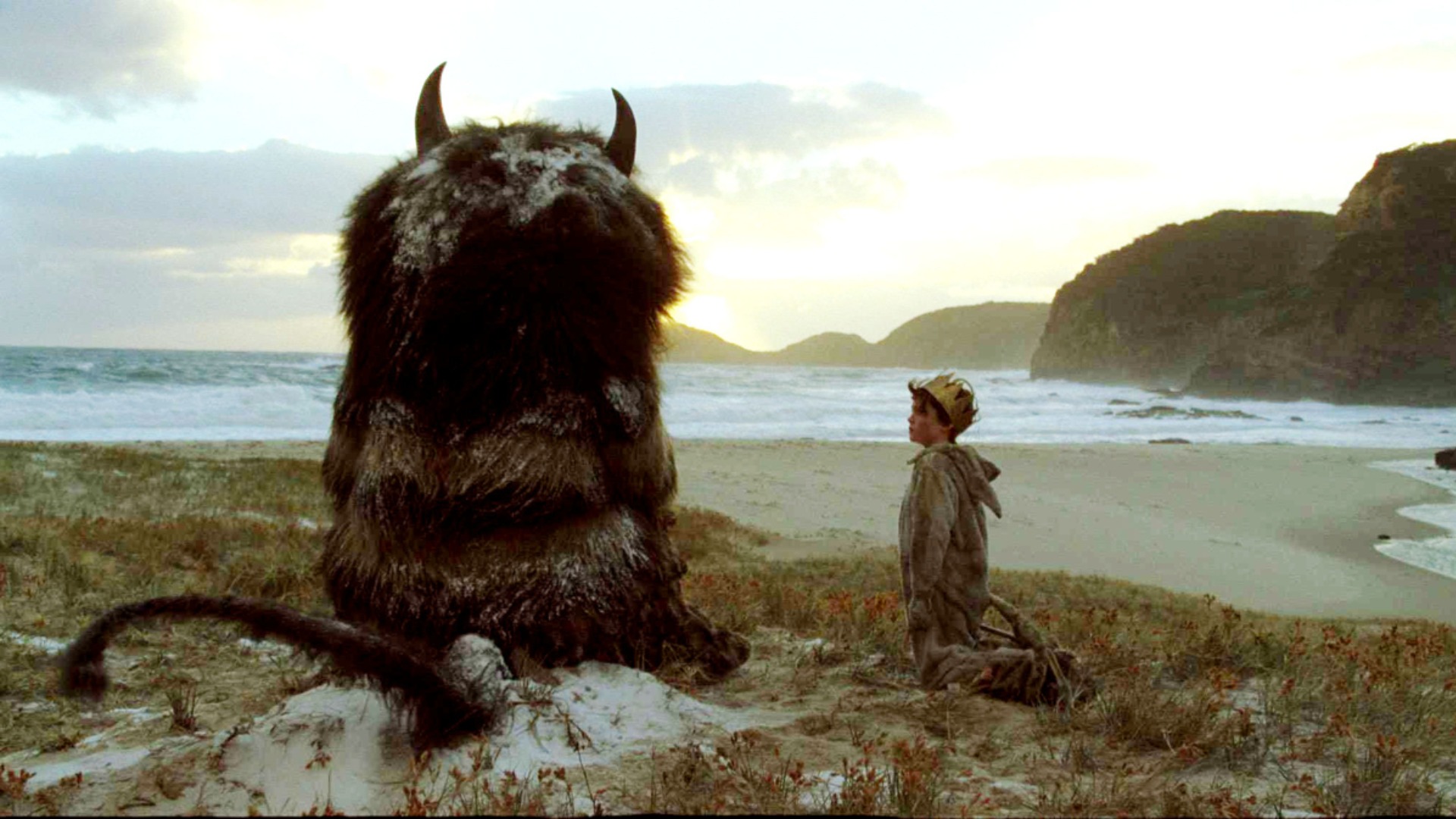
Despite this film delving into the inner psychology of a child, it was not made specifically made for kids.
While this film is more or less devoid of plot, it successfully executes in conveying its visually pleasing and artistic intent. It is one of those movies that deserves to be seen at least once – playing in the same field as Rango, Big Fish, and O Brother, Where Art Thou? – films that don’t need to have a clear plot to be pleasing. A strong recommendation for anyone who just wants an innocent and pleasing experience.
If you liked this article, read our Rango review here!
![Where the Wild Things Are [REVIEW]](https://crude-mirror.com/wp-content/uploads/2022/03/cover-1170x658.jpg)

